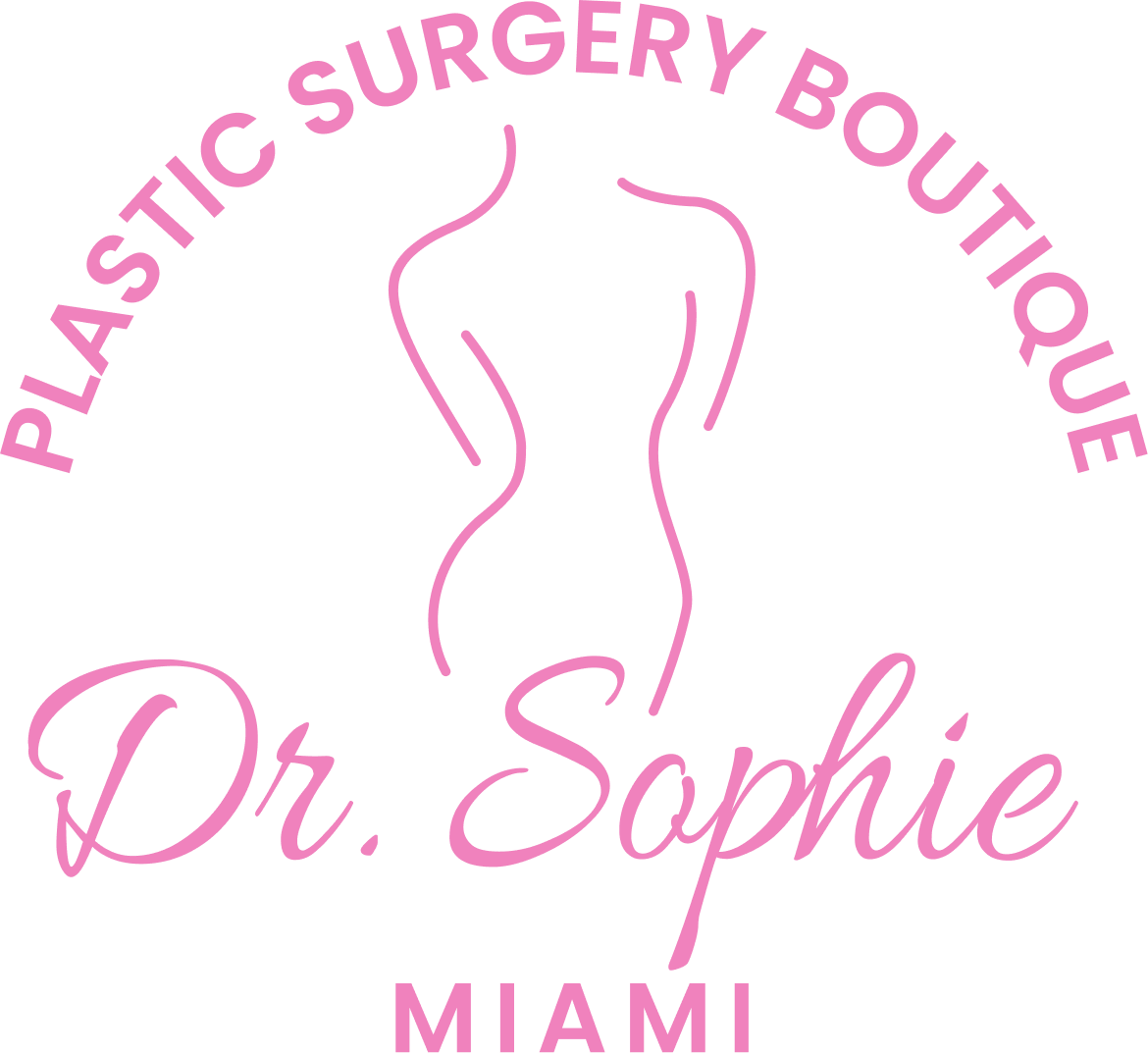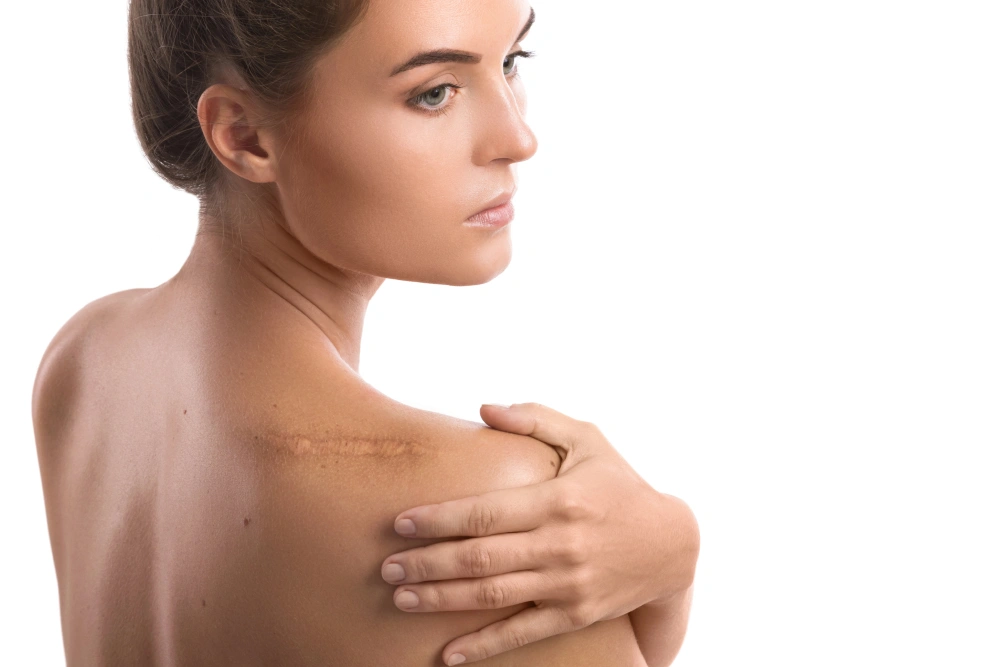Keloid treatment is often misunderstood as a simple matter of removal, yet these scars represent a complex interplay of skin biology and individual healing responses. True mastery goes beyond excision, requiring a personalized, multi-layered approach that addresses prevention, recurrence, and aesthetic outcomes. For Miami patients seeking natural results, understanding this nuanced journey is essential to navigating effective care that respects both the science and art of healing.
Understanding Keloids: More Than Just Scars
Keloids are often mistaken for typical scars, but they represent a unique and unpredictable skin response. Unlike regular scars that stay within the injury boundary, keloids grow beyond, creating raised, thickened tissue that can cause discomfort and emotional distress. What’s seldom discussed is how keloids are influenced by genetic factors, skin tension, and even subtle inflammation that many overlook. They are not just cosmetic issues but reflect an overactive healing process where the skin’s natural repair mechanisms go into overdrive. This complexity means that treating keloids requires more than surface-level solutions; it demands a deep understanding of the biological triggers that fuel their growth and how to effectively calm them down over time.
Why Excision Alone Often Isn’t Enough
Excision alone rarely provides a permanent solution for keloids because it doesn’t address the root cause of their formation: an overactive healing response. When a keloid is surgically removed, the skin undergoes another injury, which can trigger the same excessive collagen production that created the original scar. This often leads to the keloid growing back, sometimes larger and more stubborn. Additionally, factors like skin tension and inflammation during healing play a critical role in recurrence, but excision does not mitigate these. Without combining surgery with additional therapies—such as steroid injections, laser treatments, or pressure therapy—the risk of keloid return remains high. A multi-modal, personalized approach is essential for long-lasting results.
Combining Excision with Reconstruction for Optimal Outcomes
Combining keloid excision with reconstruction is a critical strategy often overlooked in typical treatment plans. Reconstruction goes beyond simply closing the wound; it focuses on relieving tension in the surrounding skin, which is a key factor in preventing keloid recurrence. By carefully repositioning skin and using techniques such as flap rearrangement or grafts, surgeons create a more favorable environment for healing. This approach not only reduces the risk of the keloid returning but also improves the scar’s appearance and functionality, especially in areas prone to movement. Thoughtful reconstruction helps guide the skin’s healing process, reducing inflammation and abnormal collagen buildup, which are central to keloid formation. This combination therapy underscores the importance of a comprehensive, personalized treatment plan for lasting results.
Personalized Keloid Care: Tailoring Treatment to Your Skin and Lifestyle
By understanding your individual skin type, daily habits, and emotional needs, your treatment plan becomes a tailored strategy designed for lasting results and comfort.
- Understanding Your Skin Type and Healing Patterns
Every person’s skin reacts differently to injury and healing. Factors such as skin tone, elasticity, and collagen activity affect how keloids form and respond to treatment. Personalized care means assessing these unique traits to choose therapies that best support your skin’s natural balance, rather than relying on one-size-fits-all solutions. - Considering Lifestyle and Daily Activities
Your daily routines—like work, exercise, and exposure to sun or friction—can influence keloid healing and recurrence. For instance, someone with an active lifestyle might need customized pressure treatments or silicone sheets that fit seamlessly into their routine. Tailoring aftercare to your lifestyle improves compliance and effectiveness. - Multi-Modal Treatment Planning
Personalized care integrates a variety of treatments—steroid injections, laser therapy, silicone gel, and surgical reconstruction—timed and combined based on your specific scar behavior and lifestyle demands. This adaptive approach helps manage inflammation and collagen overproduction more effectively. - Regular Monitoring and Adjustments
Keloid management is dynamic. Frequent follow-ups allow your specialist to monitor progress, adjust treatments, and address early signs of recurrence before they develop fully. This ongoing partnership is key to long-term success. - Emotional and Psychological Support
Personalized care also means acknowledging the emotional impact of keloids. Tailored treatment plans often include guidance on coping strategies and confidence-building, ensuring holistic support beyond the physical scar.
Preventing Keloid Recurrence After Surgery
Preventing keloid recurrence after surgery involves more than just careful removal—it requires proactive, ongoing strategies tailored to your skin’s behavior. Early intervention is key, with treatments such as steroid injections or silicone gel applications applied soon after surgery to calm inflammation and regulate collagen production. Equally important is minimizing tension on the healing skin through specialized suturing techniques and, in some cases, pressure therapy. Protecting the area from sun exposure also reduces pigmentation changes that can make scars more noticeable. Close follow-up appointments allow your surgeon to detect and treat any early signs of regrowth before they become problematic. This comprehensive approach, customized to your skin’s unique healing process, greatly improves the chances of lasting success.
What Patients Can Expect During the Treatment Journey
The journey to managing keloids is often gradual and requires patience, as results don’t happen overnight. Patients can expect a carefully paced treatment plan that adapts based on how their skin responds. Early stages often focus on reducing inflammation and softening the scar with non-surgical options like steroid injections or laser therapy. If surgery is involved, it will be combined with reconstructive techniques and followed by targeted therapies to minimize recurrence. Throughout the process, regular monitoring ensures timely adjustments, addressing any signs of new growth promptly. Emotional support and realistic goal-setting are also vital, as keloid treatment impacts not just physical appearance but confidence and quality of life. This personalized, ongoing care creates the best chance for lasting improvement.
Final Thoughts: Your Path to Lasting Keloid Healing
Mastering keloid treatment requires more than just removal—it demands a personalized, multi-faceted approach that addresses both the physical scar and the individual’s unique skin and lifestyle. By combining advanced surgical techniques with tailored therapies and ongoing care, patients can achieve more natural, lasting results. If you’re struggling with keloids and want expert guidance from a double-board-certified specialist who prioritizes your individual needs, we’re here to help. Visit Plastic Surgery Boutique or call 305-562-5859 to schedule a consultation and take the first step toward healthier, smoother skin.

